Top 10 horror movie killers
1. THE SLENDER MAN
Originating as an Internet meme in 2009, The Slender Man (or Slenderman) is a fictitious man who is unnaturally tall and thin, wears a black suit, and has a white, featureless face. Though his victims can be anyone, the Slender Man is commonly linked to the abduction of children. He first hangs out near victims, lingering in the background (as frequently depicted in pictures), and works his way closer and closer until he abducts them.
Though sometimes doing the abductions himself, the Slender Man also has mind control abilities, influencing others to abduct children. In one of the first Internet Slender Man instances, a photo of about 10 children on a playground with the Slender Man lingering in the background was captioned “We didn’t want to go, we didn’t want to kill them, but its persistent silence and outstretched arms horrified and comforted us at the same time…” All of the children pictured were allegedly abducted and never found.
The Slender Man has the ability to teleport and outstretch his arms to any length. His tree-branch-like arms help him blend into forest areas, where he is frequently sited. Those in close proximity to the Slender Man trigger a “’Slender’ sickness,” comprised of paranoia, nightmares, delusions and nosebleeds.
Though supposedly a work of fiction, the Slender Man has been cited as the influence of a variety of tragedies. In 2014, two 12-year-old girls stabbed a classmate 19 times. When questioned, the girls claimed they acted on behalf of the Slender Man. The stabbing was their first step to become proxies for the Slender Man, they said.
Also in 2014, a 14-year-old girl in Florida set her family’s house on fire with her mother and brother inside. Both survived. When questioned, the girl said she was acting on the Slender Man’s bidding.
In 2015, an epidemic of suicide attempts from people aged 12 to 24 on the Pine Ridge Indian Reservation occurred. The Slender Man was brought up as the influencer. The Oglala Sioux tribe president stated that many Native Americans believe in a spirit similar to the Slender Man.
— Andrew Linnabary
2. MICHAEL MYERS
One of the youngest serial killers, at least in his initial appearance, to be depicted in horror films is Michael Myers, the antagonist of the “Halloween” franchise.
On Oct. 31, 1963, Myers stabbed his sister, Judith, to death and was sentenced to a mental institution. Fifteen years later, he escaped the mental facility to stalk another sister, Laurie Strode played by Jamie Lee Curtis in her film debut.
What makes Myers, also known as The Shape, stand out from other horror icons is that he is pure evil. His doctor, Sam Loomis, even describes him as such in the first film: “I met this six-year-old child with this blank, pale, emotionless face and the blackest eyes. The devil’s eyes…I realized that what was living behind that boy’s eyes was purely and simply evil.”
The Shape is more frightening than many other icons because it’s impossible to relate to him. He has no lines in any of the films (not counting the remakes) and he does not respond easily to his victims. He will occasionally turn his head as if something intrigues him before continuing on his quest to kill.
Michael’s primary weapon is a butcher knife. A majority of his victims are stabbed to death, but he does occasionally use other means to kill, such as a crow bar and a pair of scissors.
Easily the most iconic part of The Shape is the white mask, which was originally a William Shatner mask that was spray-painted white, he wears in each film. The mask represents him — he needs to wear it at all times. When he tries to kill Laurie at the end of the original film, she forces the mask off his face and he stops trying to strangle her and instead focuses on putting the mask on. The mask serves as his identity.
Myers appears in every entry in the “Halloween” franchise, save “Halloween 3,” which is separate from the rest of the series. He will likely return for a future installment, as his creator, John Carpenter, is returning to the franchise as executive producer on a new production of the movie, Variety reported in May.
Soon, the world could have more of “The Night HE came home.”
— TJ Rigg
3. FREDDY KRUEGER
Freddy Krueger is the horror icon who messes with movie audiences’ minds as the antagonist of the “Nightmare on Elm Street” series.
Krueger is introduced in Wes Craven’s original film as a burnt figure appearing in several teenagers’ dreams. He wields his trademark razor blade glove, which is his weapon of choice when killing his victims. His image is complete with his red and green sweater and dark brown fedora.
Freddy’s origins are a plot point in some of the later films. His mother was a nun who was viciously raped and tortured locked into a room full of insane criminals at the asylum where she worked. He is described as “the bastard son of 100 maniacs” in the films after his origins are revealed.
Krueger killed at least 20 children about two decades before the start of the original film. He was freed on a legal technicality. A group of parents took revenge by setting his boiler room on fire, which burned him to death.
Years later, Krueger starts taking his revenge by killing the children of the parents who killed him. He kills them in their dreams, which also kills them in real life. While Freddy is seemingly killed in every film in the franchise, he’s always somehow brought back so he can appear in the next sequel.
Freddy’s primary targets in the films are teenagers, many of whom are children of the parents who killed him. He also does not hesitate to kill anyone who gets in his way.
Freddy is also known for his dark sense of humor. In one instance, right before he cuts off an ear of a teenager with a hearing aide in the sixth film, he jokingly says, “Oh Carlos, lend me your ear.” That humor disappeared in “New Nightmare,” the final film of the original series, which takes place in the “real world” and portrays Freddy as an entity seeking to gain entrance into reality.
Viewers know Freddy is coming when they hear one of two sounds: either his razor blades scraping along metal or when they hear a group of girls jump roping to a song starting with “One, two, Freddy’s coming for you.”
The best weapons against Freddy: coffee and Hypnocil, a drug in the film series that allows users to suppress their dreams.
Never sleep again.
— TJ Rigg
4. GHOSTFACE
Featuring a black hood and cloak and a white rubber mask resembling a screaming ghost (based on The Scream painting by Edvard Munch), Ghost Face is the main antagonist of the Scream movie series. Interestingly, Ghost Face is not just one character – the costume has been donned by multiple killers in the series, though the masked character is always voiced by Roger L. Jackson. Ghost Face’s signature weapon is a buck knife.
Some of his trademark moves include taunting victims over the phone before killing them, slitting throats and disemboweling victims.
Though always revealed to be a human, those who don the the Ghost Face costume exhibit extreme strength, durability and stealth abilities.
— Andrew Linnabary
5. HANNIBAL
Hannibal Lecter is a forensic psychiatrist, best known for his role in the “Silence of the Lambs” film (portrayed by Anthony Hopkins). Oh, he’s also a serial killer and a cannibal – leading to his nickname of “Hannibal the Cannibal” (what a fun rhyme!).
Lecter likes to turn his victims into supper, and then partakes of them with unsuspecting guests.
Lecter is not a typical killer. He speaks very fluid and pointedly and keeps himself looking trim and posh. He also is quite the cook – his guests should be happy to be eating upon such finely prepared human flesh.
Lecter was first introduced in the 1981 thriller novel “Red Dragon.” Lecter is the antagonist of the novel and its sequel, but interestingly is the protagonist of the third novel. The fourth novel, “Hannibal Rising,” explores his childhood and development into a serial killer.
Born in Lithuania, Lecter was orphaned at a young age, leading him to move to the United States and beginning his career as a successful psychiatrist and sociopath.
Lecter managed to kill at least nine people before his first imprisonment, quite the achievement for his unorthodox methods.
— Andrew Linnabary
6. LEATHERFACE
Leatherface is the antagonist of “The Texas Chainsaw Massacre” movie series. His name comes from the fact that he wears masks made of human skin – the skin of his victims. In addition to mass murder, Leatherface has a fondness for cannibalism.
Before becoming a mass murderer, Leatherface worked as a butcher in a meat factory, making him a perfect fit for chopping up human flesh.
Despite his frightening demeanor, Leatherface is reputed to be a “big baby” who kills in self-defense. He is said to be under the control of his crazed family.
His family uses the bones of his victims to furnish their house, along with human skin to make furniture – now that’s some nice upholstery! What’s not used as furniture is turned into barbecue and chili, sold at the family’s restaurant and entered into cook-offs. Now I truly understand what was going on in that old episode of South Park – I was just really ecstatic about the Radiohead feature (does anyone get this reference? No?).
— Andrew Linnabary
7. JACK TORRANCE
Jack Torrance (portrayed by Jack Nicholson) is the antagonist of “The Shining,” a temperamental struggling alcoholic of a father. Jack and his wife and son, Wendy and Danny, go to the Overlook Hotel in Colorado over the winter to act as the hotel’s caretakers. While there, Torrance struggles to cope with his alcoholic tendencies and mood swings. On top of all this, Torrance is haunted by the spirits of the hotel. They talk to him and appear to him, driving him further and further into madness. All of this pressure culminates in Jack snapping and attempting to murder his family with an axe, leading to the iconic scene of Nicholson bursting his face through a splintered door and yelling, “Here’s Johnny!”
Interestingly, Torrance is a much more sympathetic and caring character in Stephen King’s novel that the film is based upon, but is portrayed as much more dark and unfeeling in the movie. Film or movie aside, Torrance’s descent into psychopathy is one hell of a ride. More red rum, please.
— Andrew Linnabary
8. JIGSAW
John Kramer, or “Jigsaw,” is the main antagonist of the “Saw” film series (portrayed by Cary Elwes).
Kramer is a former engineer who is dying from a frontal lobe tumor. He attempts suicide but fails. This failed attempt reinvigorates his drive to live. Kramer takes this reinvigoration and channels it into attempts to make others appreciate their life by making them face certain death in the eye through “games.” Kramer forces his victims to hurt themselves or others in order to escape. These “games” typically play off of his victims’ vices, making the victims face their moral flaws head on.
The name “Jigsaw” was given to Kramer because of the fact that he cuts a puzzle piece shape piece of flesh from his victims who fail his games.
Some of Kramer’s games include a razor wire maze, a pit full of old needles, and, in the original “Saw,” a classic: a game of sawing your own foot off.
— Andrew Linnabary
9. PENNYWISE (IT)
Pennywise the Clown is a guise of It, the antagonist from the book and film “It.” Pennywise lures children in by posing as a harmless and friendly clown. Once within range, Pennywise devours children with its razor-sharp teeth. Pennywise the Clown is the form It tends to take when preying upon children.
It can take any form it pleases – whatever It thinks would be most useful against its prey.
It resurfaces to attack the children of Derry, Maine, every 27 years. In addition to shape-shifting, It can also possess its victims.
It originated “before the creation of the universe,” according to the story’s lore, in a dimension known as the “Deadlights.” It’s true form is never revealed, leading to the children of Derry to give the monster the name of “It.”
— Andrew Linnabary
10. NORMAN BATES
The “granddaddy” of the horror genre, in “Halloween” creator John Carpenter’s words, is “Psycho,” directed by Alfred Hitchcock.
“Psycho” introduces Norman Bates, played by Anthony Perkins. Bates owns a motel where protagonist Marion Crane (Janet Leigh) checks in to spend the night. While showering, a shadowy figure stabs Marion to death and Norman discovers her body before burying it in a nearby swamp in the trunk of Marion’s car.
The film strongly implies Norman’s mother committed the crime. This is furthered by the fact it appears an elderly woman kills Marion in the infamous “shower scene,” and the murder of a man investigating Marion’s disappearance appears to be done by a woman.
Later, it is revealed that Norman murdered his mother and her lover 10 years earlier out of jealousy of his mother’s affections. Before he killed his mother, they had lived together in solitude after his father’s death. Norman, consumed with guilt, exhumed Norma’s corpse and treated her as if she were still alive.
In order to preserve that illusion, Norman recreated his mother in his mind as an alternate personality. He often dressed in his mother’s clothing and spoke in her voice.
By the end of “Psycho,” the “Mother” personality has consumed Norman completely. A psychiatrist examining Norman reveals that when Norman feels attracted to a woman “Mother” flies into a rage and kills her.
“Psycho” ends with “Mother’s” voice explaining that she protests the murders, saying they were all Norman’s doing and she “wouldn’t even harm a fly.” The film then dissolves from a smiling Norman, who looks rather creepy, into the final scene: the car with Marion’s body being removed from the swamp.
Norman Bates was the first true psychopath portrayed on film. “Psycho” inspired the modern horror genre and a legion of horror icons, including Michael Myers of the “Halloween” films.
We all go a little mad sometimes.
— TJ Rigg

Andrew Linnabary was the 2018-2019 Digital Managing Editor of The Sunflower. He studied journalism and minored in English. Linnabary is from Wichita, Kansas.




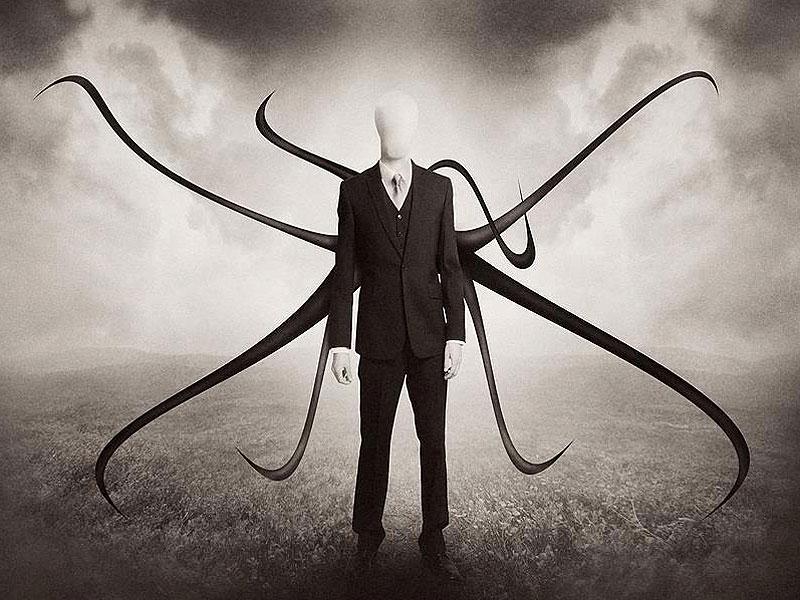


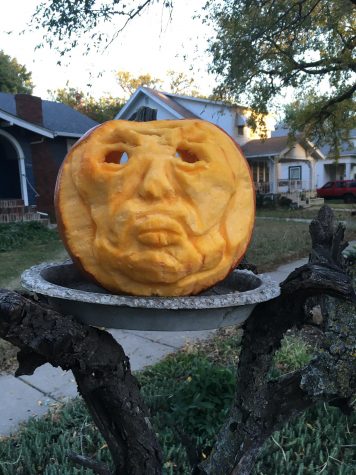
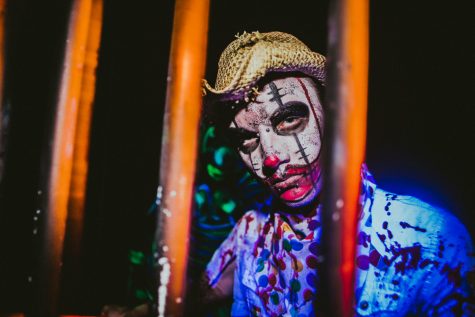
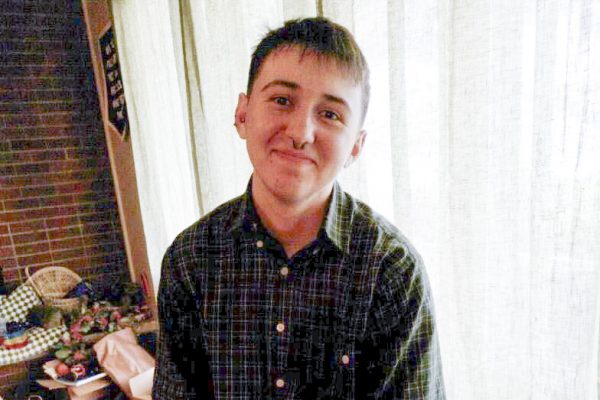

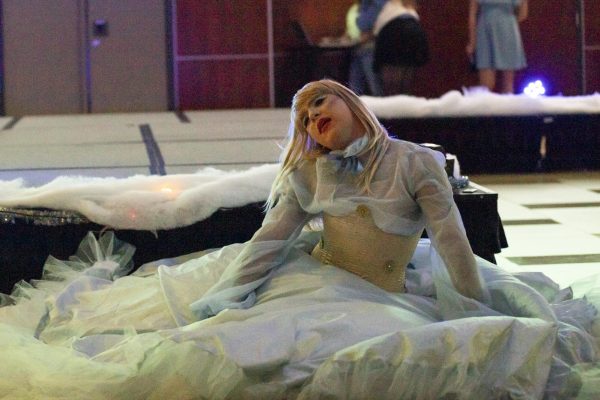





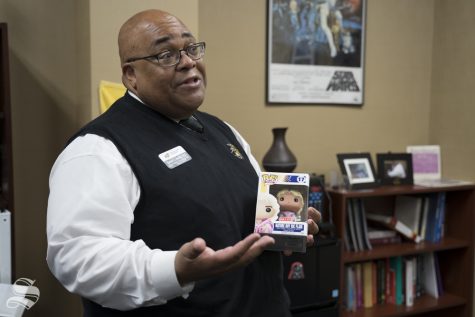
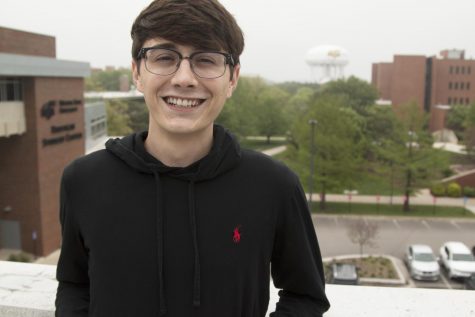
Anonymous • Feb 18, 2022 at 6:44 pm
Really? No pinhead? SMDH
Anonymous • Jan 23, 2022 at 3:12 pm
Joke of a list
pop • Nov 2, 2022 at 7:52 am
is slender man pop
Jesse O Escobar • Oct 31, 2021 at 4:08 pm
LMFOO!! Slender-man as #1..!!! Who the heck made this list. How can u forget Jason Voorhees. And ghostface is a michael myers wanna be. u should have at least made it in order of release. U clearly don’t know horror film’s.
Anonymous • Oct 12, 2021 at 7:12 pm
im a old man
Uwaelelam Divine • Sep 22, 2021 at 9:20 am
Horror movies have always been my thing. Seeing a list of them, I couldn’t help resist the site. Thanks for the update. You might find interest in this: best movies for weekend
Dprat • Aug 12, 2021 at 3:01 pm
No Jason Vorhees?
Jesse O Escobar • Oct 31, 2021 at 4:09 pm
Exactly my point
Sarah H • Apr 9, 2021 at 7:04 pm
Dudes… John Kramer (Jigsaw) was NOT played by Cary Elwes. Tobin Bell portrayed the eponymous Jigsaw in all the films. Elwes was 1 of 2 main protagonists in the very 1st Saw movie. He played Dr. Lawrence Gordon & Leigh Whannell played the other protagonist, Adam Stanheight. C’mon guys, rookie mistake, tsk tsk I’ll forgive ya, though, since I really enjoyed your list